With Sun Egypt, explore one of the most beautiful temples in Egypt with our trips to Luxor, the Temple of Ramses III at Medinet Habu, the magnificent tombs of ancient craftsmen at Deir el-Medina, and the magnificent tombs of nobles. Egypt tours help you learn the full history of Egypt with a tour guide who accompanies you throughout your trip.
Deir el-Medina is also the site of many tombs of craftsmen who lived in the village of the New Kingdom (c. 1539-1075 BC), private tombs from the 19th and 20th dynasties and three temples built for workers.
The magnificent Temple of Ramses III was modeled after the Ramesseum of Ramses II. Ramses III was the last great pharaoh of Egypt, ruling around 1186 BC for about 31 years. During his long reign, he fought the Libyans, Nubians and the people of the sea. You can discover more when you visit the landmarks of Luxor.
Itinerary


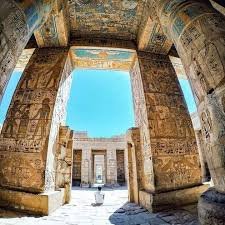
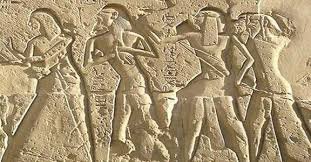
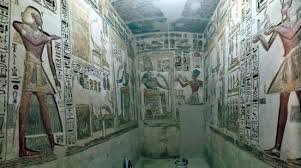
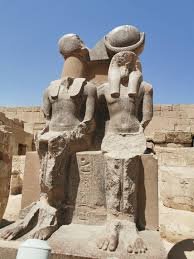
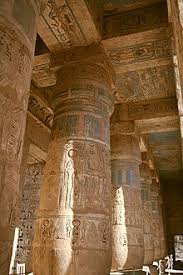
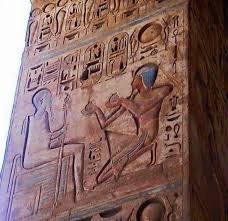
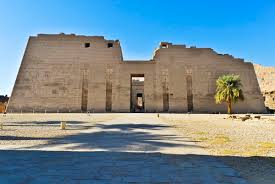
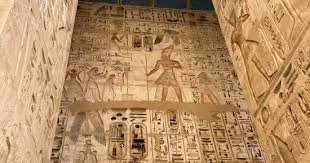
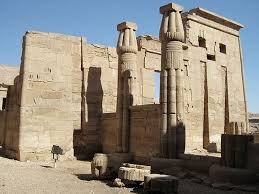
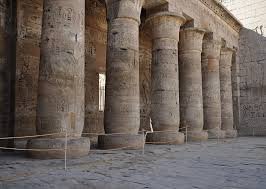
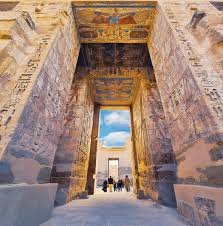
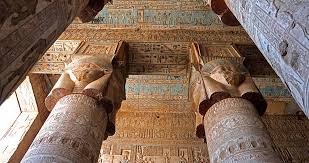
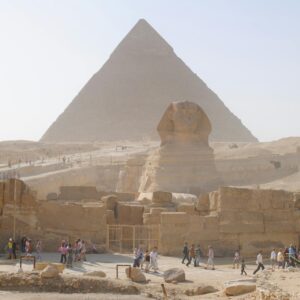




Be the first to review “Tour to Habu Temple, Tombs of Nobles and Deir el Madina”